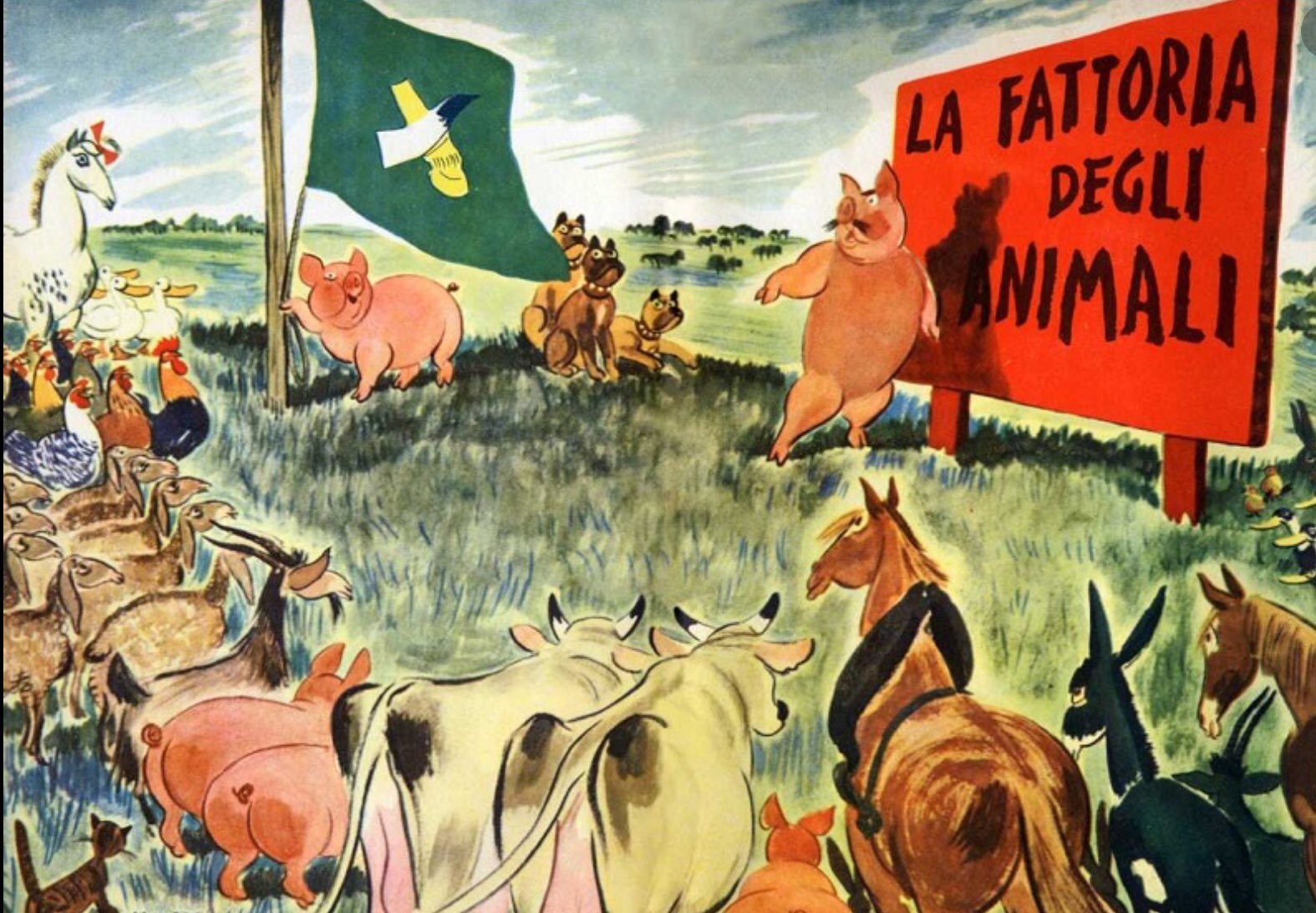From service hub
to dormitory town:
Giarre as a symbol
of Sicilian immobility
The hamlet of Santa Maria La Strada represents one of the oldest portions of present-day Giarre, a small town in the province of Catania. Legend has it that it was here that, around 1081, Roger I of Sicily fell victim to a Saracen ambush after having conquered Taormina and Aci. The count invoked the help of Our Lady and managed to scare off the Arabs. So, as a sign of thanks, he built a sanctuary dedicated to the Virgin Odigitria (the one who shows the way) and a cistern so that she could give rest to travelers. Today, almost nothing remains of the medieval sanctuary and the church is very different from then, while the well still reminds us of its ancient origin and primary function. Ironically, however, in Santa Maria la Strada and specifically in a street whose name today seems a mockery, via dei Normanni (‘Normans Street’), in 2021 the water hardly flows anymore, with great inconvenience to the locals. Equipped for years with autoclaves and tanks (which in normal conditions are filled only at night due to the low water pressure) people of the neighborhood have often been forced to ask for the intervention of a municipal tanker (which isn’t always operational). Recently, the nearby town of Riposto offered to build an additional pipeline, but the works, while Sicily records some hottest days of the year, apparently have not yet begun. After all, Giarre is in trouble, and so the ordinary becomes extraordinary. The only thing that remains for a mayor to do, in the face of water problems that concern not just Santa Maria la Strada, is to publish notes on the Municipality website in which he invites citizens, “in view of the prolongation of the exceptional period of high temperatures, to use [water] even more moderately than it is presently being done”.
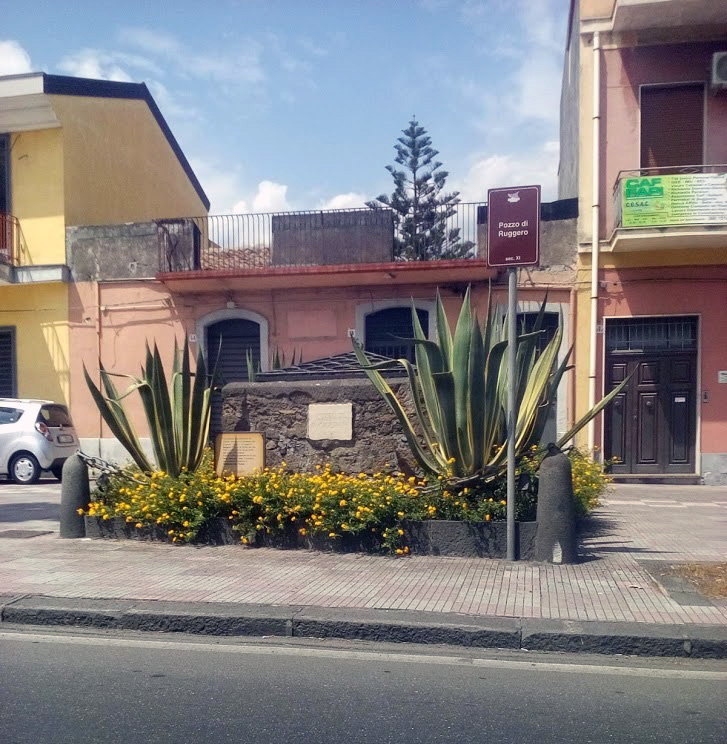
A NEGLECTED TOWN. The state of the residential area of Santa Maria La Strada, north of Giarre, peripheral and neglected, with its impassable park and the streets full of holes never cleaned by sanitation, is only the tip of the iceberg of a widespread situation in a town that has always been wealthy and, in its own way, ambitious, but has not managed – like so many other similar places in the hinterland, and for this reason it is appropriate to talk about it, since there are too many Giarres in Sicily – to look beyond its own nose. Today, more than a service hub – as it was advertised until recently, by virtue of shops, a hospital, a court, schools and, for a while, even a university branch. that served nearby towns – Giarre presents itself as little more than a dormitory, dormant and silent in the absence of a real perspective and sense of self.
CAPITAL OF THE UNFINISHED. But what is Giarre famous for across the world? Through a quick search in the New York Times’ archives, we discover that it has been cited on several occasions. The oldest mention dates to 1892, when the paper ran a story on the eruption of Etna which gave rise to the current Silvestri Craters and caused an earthquake that destroyed the “Sicilian village of Giarre”. What is most striking, however, is an interview from a few years ago: in 2014 journalist Emily Brennan asked the professor of Social Geography at Newcastle University Alastair Bonnett: “What’s an overlooked site in a very looked-over part of the world?” The answer is clear: “Giarre, on the east coast of Sicily, which is always worth a visit anyway. It’s got all of these unfinished mega-structures, like a polo stadium and a swimming pool”.
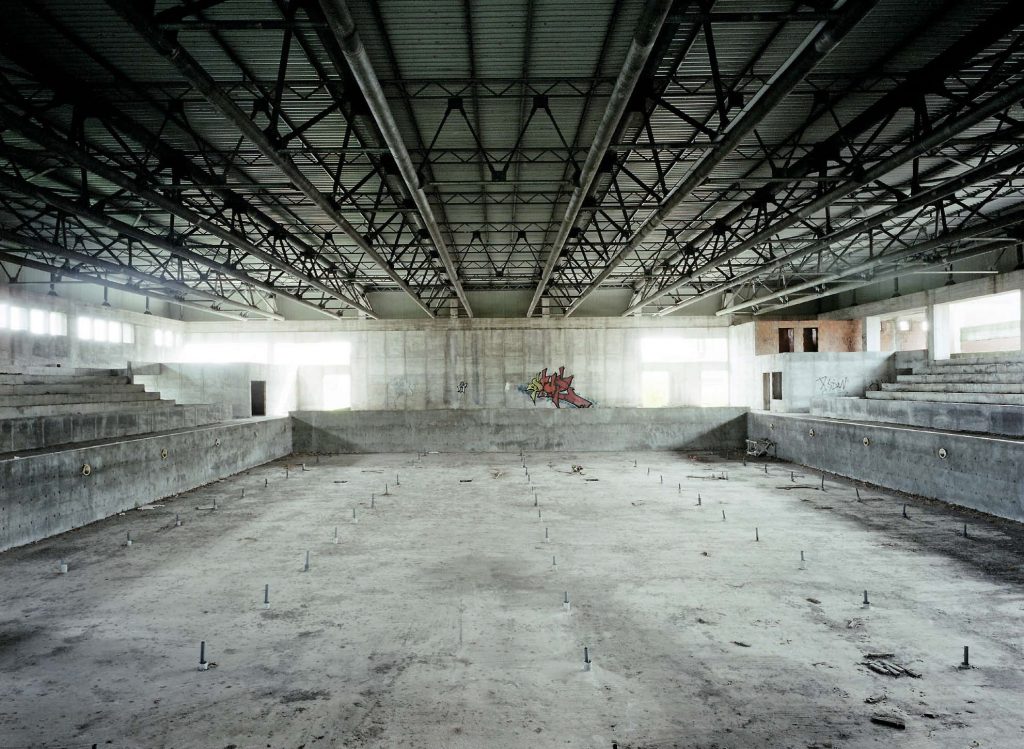
BIG PROJECTS. The unfinished buildings of Giarre are different from what can be seen in many Sicilian and, above all, Calabrian towns. If the latter, with their rough reinforced concrete pillars, represents the face of ʻthe Southern questionʼ – with the houses built at great cost by the old generations and left incomplete, waiting for the unlikely return of younger emigrants from the North – the ones from Giarre are the emblem of waste, corruption and bad management that grew from the desire of a place aspiring to become something more than a small town. “Surgiri in gran città vidu li Giarri sta criscenti città, sedi e rizzettu di tanti omini digni!” (“I see Giarre, this small rising town, grow into a grand city, a place of rest for worthy men”) wrote poet Domenico Tempio in a text entitled “ La fiera in cuntrastu ” dated 1813, inspired by the antagonism between the towns of Mascali and Giarre. The unfinished buildings of Giarre are therefore mainly big projects: the hospital (unused for almost twenty years and already obsolete when it finally opened, today it lies in shambles, deprived of an emergency room and in whose bowels – now abandoned – a few years ago a homeless family found residence), theaters, sports facilities such a polo field, sport probably never practiced in Sicily.
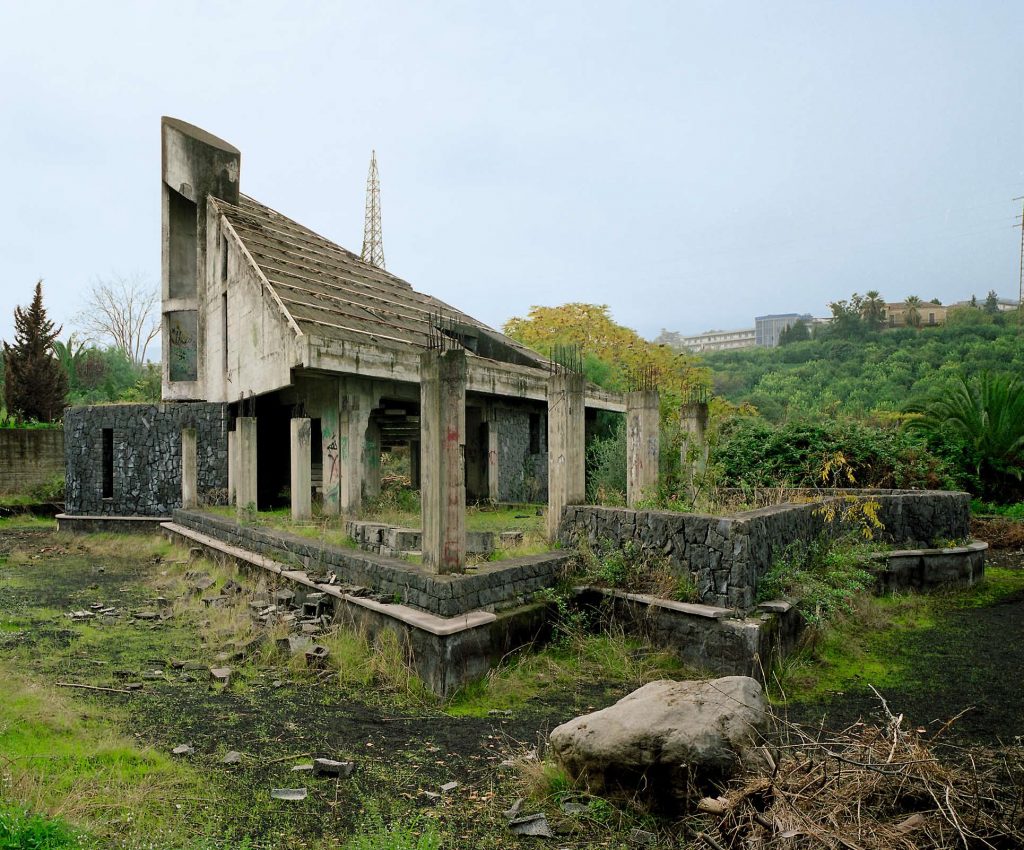
THE ARTISTIC EXPERIMENT. Over the years, the “charm of the unfinished” has led to the birth of artistic experiments (one above all that of Alterazioni Video, displayed at Biennale in Venice) and made an impression on many observers, such as Professor Bonnett, who in the same NYTimes article described it as “quite surreal. It reminds you that ruins are not just something produced in antiquity. We’re producing ruins today. And there was something quite utopian about these structures. That’s what a city is — layers of utopian visions, all unfinished”.
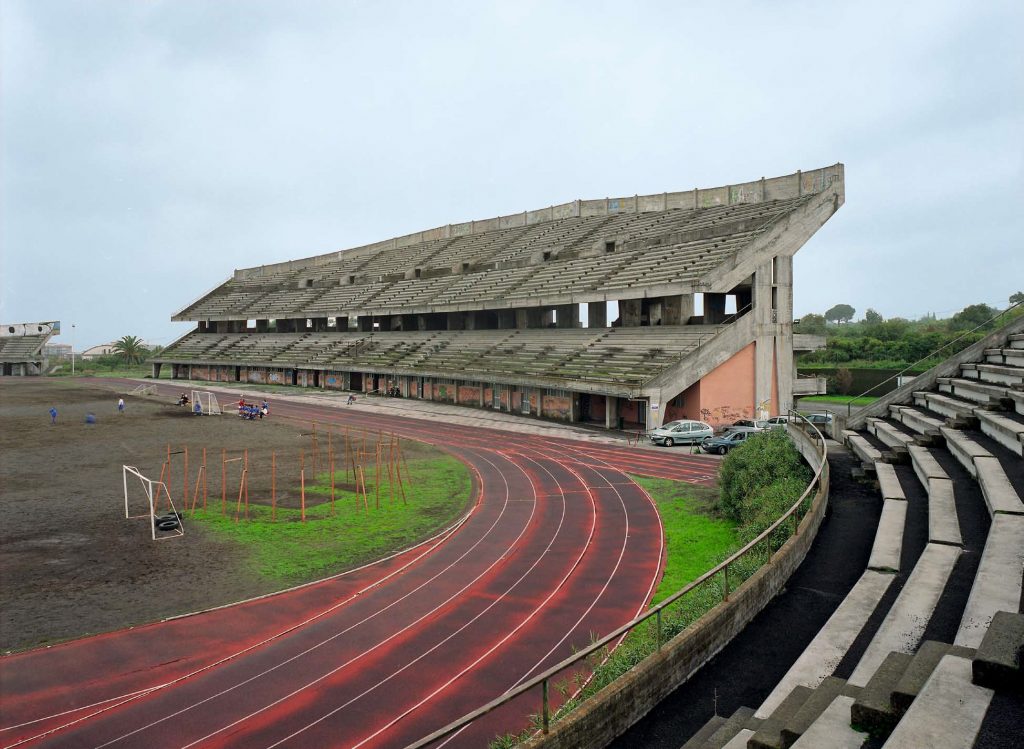
QUESTING FOR A PURPOSE. Romanticism and artistic projects aside, however, Giarre’s search for meaning remains an open question the most recent municipal administrations never tackled seriously. If it is true that, today, a place can’t be considered peripherical based only on its geographical position but on its connections with the rest of the world (in terms of logistics and more importantly of human capital), what are the prospects of a town can no longer dream of being a commercial hub (in hindsight, it’s now clear that the opening of a shopping centre in nearby Riposto is only part of the problem), that lacks a significant artistic heritage and whose public services are more lacking every year?
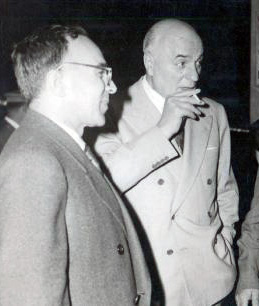
ILLUSTRIOUS CHARACTERS. Yet, the town has welcomed and has been the birthplace of many brilliant minds like the historian Rosario Romeo, the Dante scholar Nicolò Mineo and journalist Alfio Russo, who was editor-in-chief of “Corriere della Sera”. Several prominent politicians who later became ministers and members of parliament were also educated in Giarre. Today, however, what seems to be missing is a new perspective, the desire to reimagine this town in a different way from the past. It seems clear that, until this lack of a direction is resolved, speaking of good administration will remain an exercise in futility. A direction that, even as other places (such as the tourist port in Riposto) offer a hint, here in 2021, especially considering how the world has changed, it is yet to be imagined.
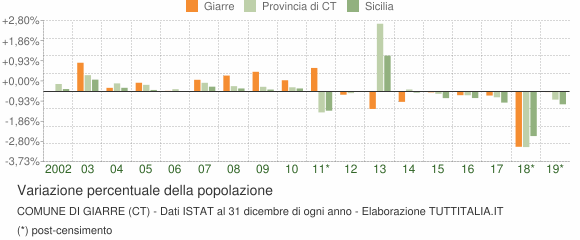
WHAT FUTURE? The hope is that anyone who has run or will run for the next (and forthcoming) local elections – new and old faces alike – will have a clear project, an idea to strive for. Whether it is focused on technology and innovation, perhaps with a coherent plan for broadband networks and incentives for the creation of co-working spaces, on craftmanship (but with a serious vision) or cultural and tourist development ( with high profile, distinctive, events that offer something different from what’s being done nearby), or a project aimed at agriculture or industry, what is needed is a clear and defined strategic plan, based on a serious analysis of the current state of affairs and deeply rooted in the awareness that our changed world requires a new reading key. It is necessary to answer a question that over time has become increasingly urgent and necessary: why would someone chose to live in Giarre in 2021? What would make the city more ‘attractive’? And again, what best practices can we adopt? Which more virtuous (but not necessarily Sicilian) examples can inspire us to make a change?



